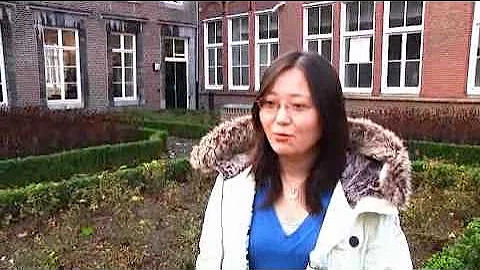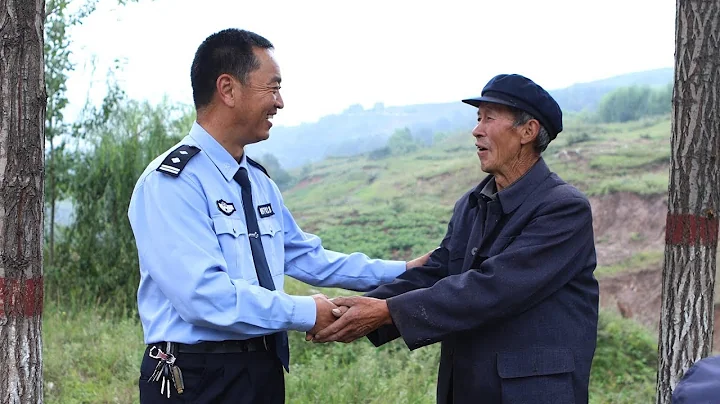He Baozhen: "Brave and determined, an outstanding female party member"
He Baozhen, also known as Baozhen, Baozhen, was born in Daoxian County, Hunan Province in April 1902. In 1914, she entered the county girls' primary school. In 1918, she was admitted to Hengyang Hunan Provincial No.3 Women's Normal School, where she actively participated in student movements. In 1922, she joined the Chinese Socialist Youth League. In September of the same year, she was expelled from the school for leading a student unrest. After being contacted by the school party organization, I soon came to the Changsha Hunan District Committee of the Communist Party of China. In October of the same year, he was assigned to work in Anyuan School, where he served as a teacher at the Anyuan Road Mine Workers' Club Children's School and a member of the Workers' Club's Book and Newspaper Section. He joined the Communist Party of China in the spring of 1923, and in April he became a revolutionary partner with Liu Shaoqi.

In the spring of 1925, He Baozhen set off for Guangzhou with Liu Shaoqi to start a new struggle. From then on, he followed Liu Shaoqi in many endeavors for the revolution, and was at home all over the world. He successively participated in the work of the All-China Federation of Trade Unions in Shanghai and Guangzhou. In October 1926, she came to Wuhan with Liu Shaoqi and served as the organizational director of the Hankou Women's Association. After the failure of the Great Revolution, he followed Liu Shaoqi to North China, Northeast China, Shanghai and other places, and participated in many tasks of the local party, trade unions, and women.
In the winter of 1932, after Liu Shaoqi left Shanghai for the Central Soviet Area, He Baozhen stayed in Shanghai with his young son to persist in the underground struggle. Previously, in order to facilitate her revolutionary work, she gave up her two children, a son and a daughter, to others for adoption. He Baozhen served as the leader of the National Mutual Aid Federation and the director of the rescue department. Her pseudonym was Wang Fenfang. She used her identity as a teacher as a cover and ran around to win over social forces and do everything possible to rescue the arrested comrades. Her rescue activities attracted the attention of the reactionary authorities. In March 1933, she was arrested by the Kuomintang military police and imprisoned in the Nanjing Military Police Headquarters Prison.
In prison, He Baozhen cleverly concealed her true identity from the enemy, and worked with the Communist Party members in prison to organize fellow prisoners to launch various forms of struggle against the enemy. She also often takes advantage of rare opportunities such as outdoor excursions to encourage fellow refugees and infect her companions with the spirit of revolutionary optimism . Thanks to a traitor's tip, her identity was finally revealed. In the face of torture by the enemy, He Baozhen remained unyielding and adhered to the party's secrets. In the autumn of 1934, he died heroically at Yuhuatai, Nanjing, at the age of only 32.
After He Baozhen died heroically, when Liu Shaoqi received the news, he deeply praised her as "brave and determined, and an outstanding female party member." (Xinhuanet)





















